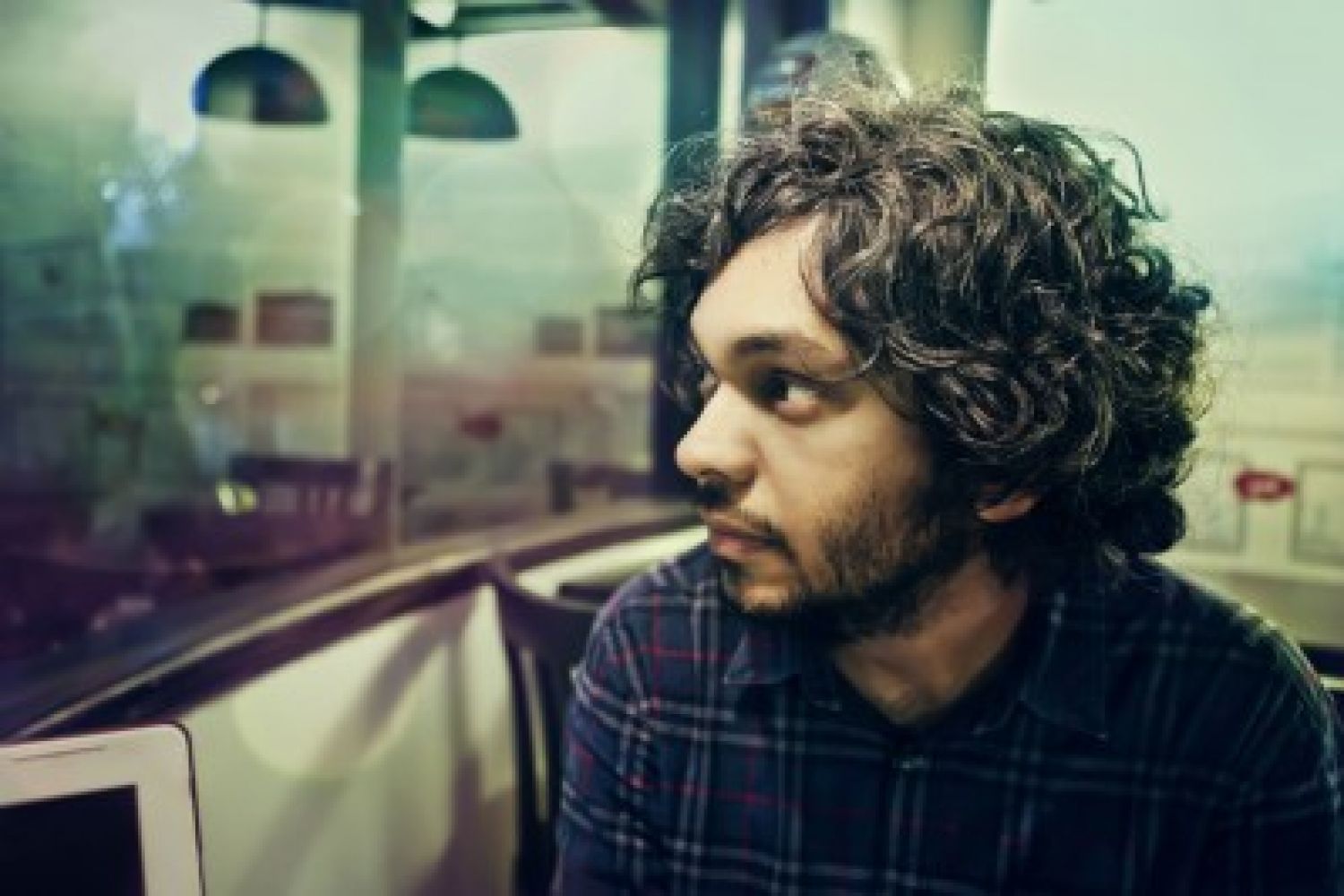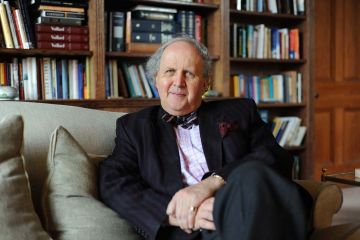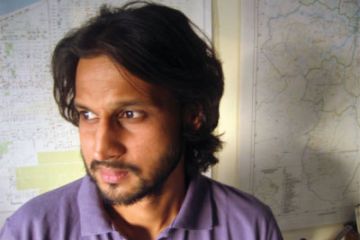
It doesn’t make any
sense for Ship of Theseus to work in a country that pushes films like Race,
Dabangg, Ghajini, Housefull, Rowdy Rathore, and Chennai Express into the
₹100-crore club. It has three separate strands that float into one another. Its
dialogue borders on bombast. It explores philosophical concerns that hardly
anyone has time to play with after the teens. Its ideas are intangible, its
moments of clarity ephemeral. Worst of all, it merited rave reviews from critics
at the
Continue reading “Rewriting the grammar of cinema”
Read this story with a subscription.





